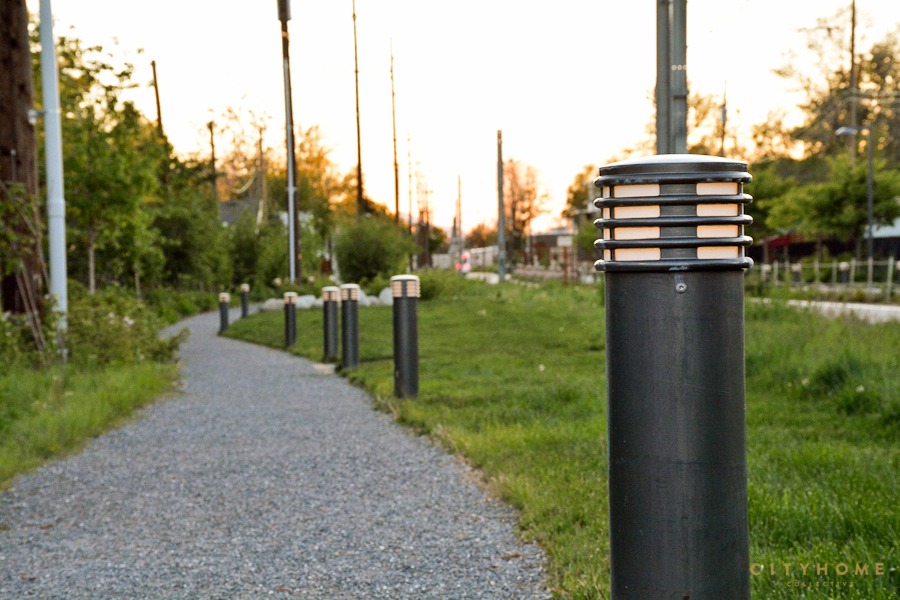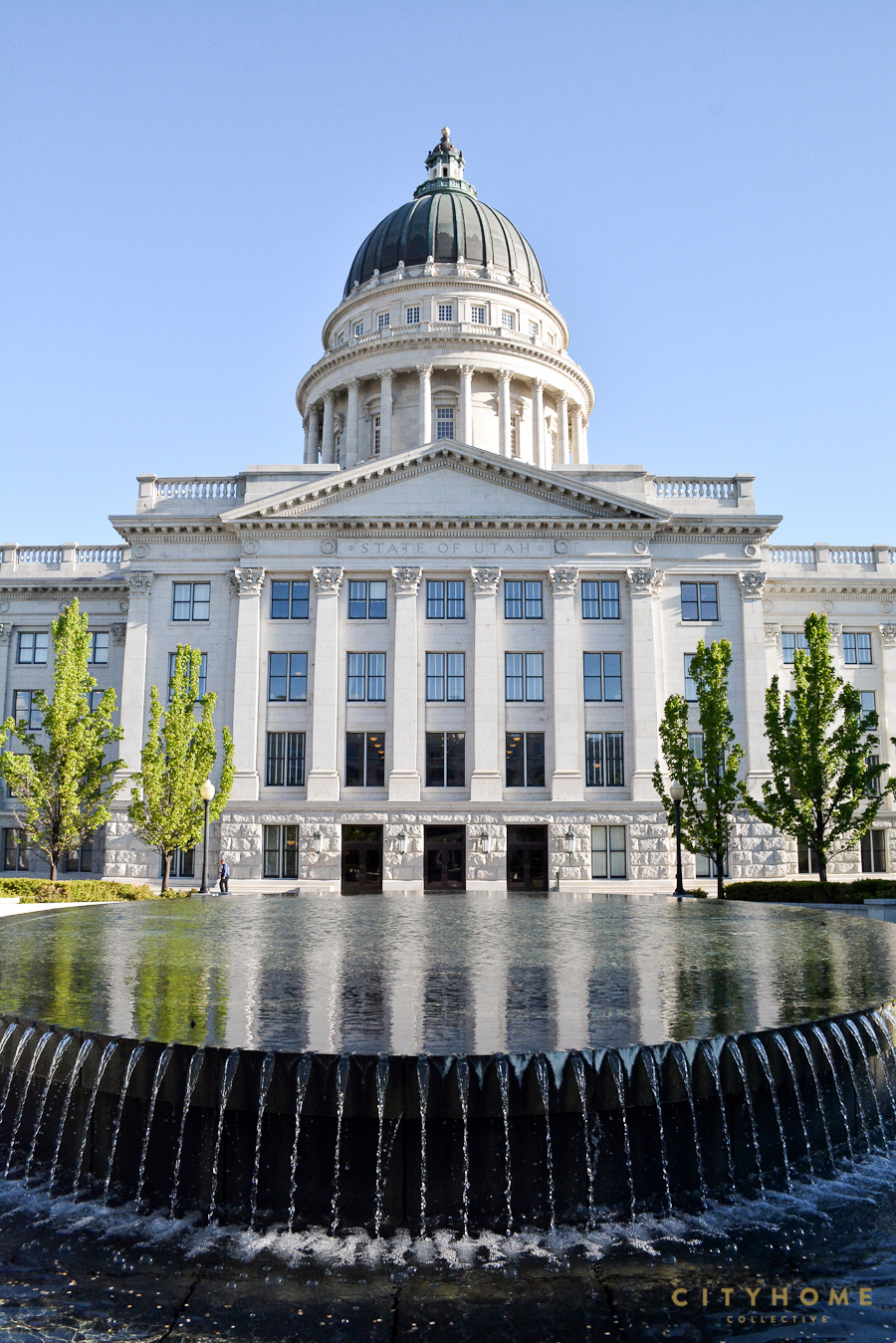Sometimes good design can go relatively unnoticed…especially as it relates to its natural environment. But, thankfully, there are those that pay attention to it, nonetheless. Landscape architecture is a thoughtful and intentional guide through outdoor spaces that greatly shapes the way you interact with said space. The reach of landscape architects is far and wide, from planning transportation corridors (our very own Sugar House S-line greenway) to eco restoration and residential design. Ultimately, they have three primary aims: 1) To make the space environmentally resilient and responsive to weather, climate change, storms, and economic factors; 2) Meet human need; 3) Make the space as aesthetically pleasing as possible. It’s not limited to form--function plays a major role in each and every design.
On your next stroll 'round the area, take a gander at the details.
Says the American Society of Landscape Architects (ASLA), well-designed spaces for kicking back and enjoying are, quite simply, good for the soul. It's a way in which communities can promote human health and well-being by encouraging the development of environments that offer rich social, economic, and environmental benefits. Ultimately, healthy, livable communities improve the welfare of their inhabitants by expanding the range of affordable transportation (think: bike lanes), employment, and housing choices. Landscape Architects integrate environmental rating systems similar to LEED, called SITES. This rating system--also used by designers, engineers, architects, developers, policy-makers and others--aligns land development and management with innovative and sustainable design. SITES certification is utilized for development projects ranging from national parks to corporate campuses, streetscapes to homes, and everything in between.
But let's bring it back to our good ol' city of salt now: we've obviously got many fine examples of the myriad ways in which landscape architecture has affected our public spaces for the better. Sugar House Monument Plaza (on 2100 S and 1100 E) is one such example. On your next stroll 'round the area, take a gander at the details. The lamp posts, sourced from Landscape Forms, are as innovative as they are illuminating--their concentrated beam decreases light pollution, they have color accuracy and reduced glare for added safety, and they're capable of creating layers of light that mimic the moon's output. What for? In mimicking moonlight, the lights don't scramble the internal clock of raccoons and other critters with false, bright light. Landscape architects also paid close attention to colors used in the existing monument and surrounding space. Each bench and tree was placed and planted with intention--care was taken to note how sun and shade would best benefit trees and humans.
Love where you live.
Other locations where landscape architects have waived their magic wand include the Sugar House S-line greenway, I-215 corridor, Salt Lake City Library Plaza, the new Marmalade Library plaza (part of a larger plan for the entire block), Utah State Capitol Grounds, Temple Square, City Creek, the Natural History Museum. Our point? It’s all around us...and it's making our city look pretty appetizing. This is important stuff, folks, and we should all be advocating for more of this in our communities. Be a noisemaker, attend city council meetings, demand that funds be spent on outdoor space improvement. Love where you live. For more information, feel free to pop into a Utah ASLA meeting or check out the #WLAM2016 #UtahASLA hashtags. Or to find a licensed landscape architect near you, check out the Utah ASLA website (link below).
** Many thanks to Utah ASLA president-elect, Tina Gillman, for sharing her knowledge and spreading the word about landscape architecture.















